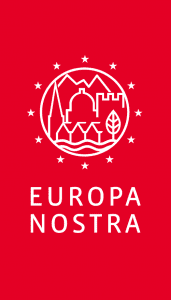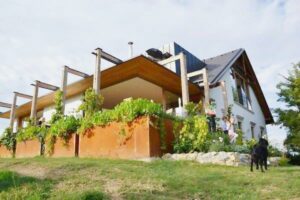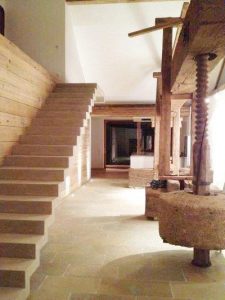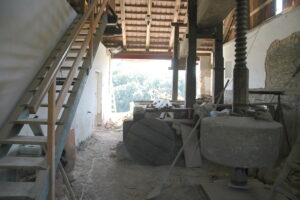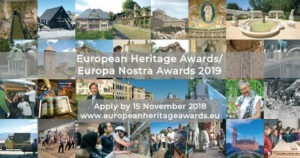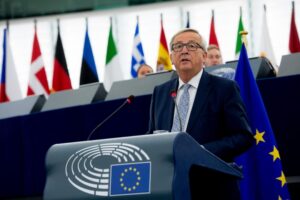
10 April 2020
Dear Readers,
As already announced in the special edition of the Europa Nostra Newsletter dated 3 April, we now, more than ever, feel the need to be closer together while staying physically apart. Inspired by the spirit and the culture of solidarity, we are proud to present to you our brand new initiative, called the Europa Nostra Agora, born as a creative response to the ongoing confinement and physical distancing to combat the COVID-19 pandemic.
This initiative aims to provide a virtual platform to share and promote digital communication related to culture and cultural heritage from across Europe and the world. By sharing and promoting news and content via this weekly update and on social media, we wish to make a modest but meaningful contribution to enhancing the resilience and positive interaction between Europe’s citizens during the trying times related to the COVID-19 pandemic.
This is the first update with a selection of links and relevant information which we aim to disseminate every week through our wide network of members and partners. We have opted for a simple and factual format of communication for the benefit of all. We also invite you to visit a dedicated online platform which will continue to grow over time
On the occasion of Raffaello’s 500th death anniversary, the biggest exhibition ever devoted to the famous Italian and European Renaissance artist opened on 5 March in Rome’s Scuderie del Quirinale. As the exhibition was forced to close its doors just four days after its opening due to the nationwide lockdown in Italy, the museum has released a video visit available on YouTube. To pay tribute to this immense artist, we have chosen to illustrate our digital Agora with one of his most famous masterpieces: the „School of Athens” from the Raphael Rooms of the Vatican Museums.
The Europa Nostra Agora remains a “work in progress”. Therefore, we invite your feedback with concrete suggestions for its improvement and further development. We also thank you for sharing regularly with us your creative initiatives for inclusion in the Agora (att. Manon Richard, agora@europanostra.org).
We wish you a very warm welcome to the Europa Nostra Agora!
#Stayathome #Allwillbewell
#CreativeEuropeAtHome
Sneška Quaedvlieg-Mihailović
Secretary General

